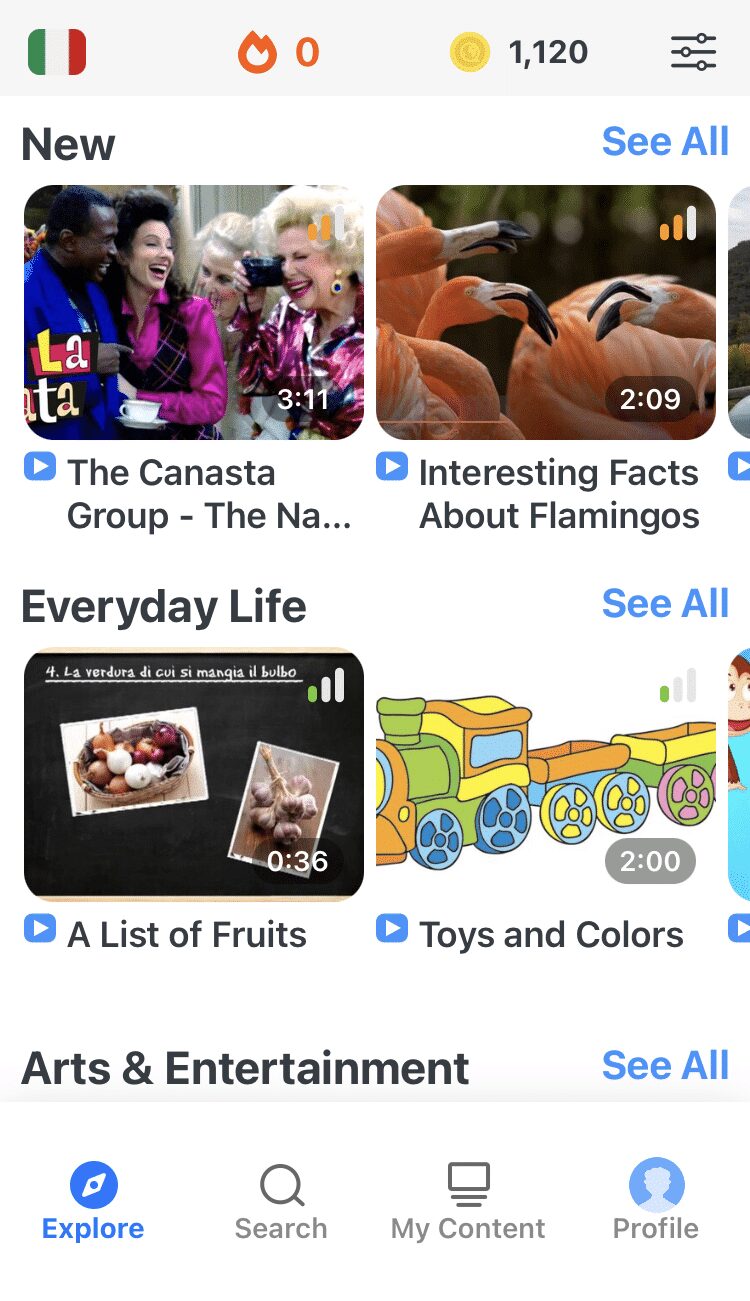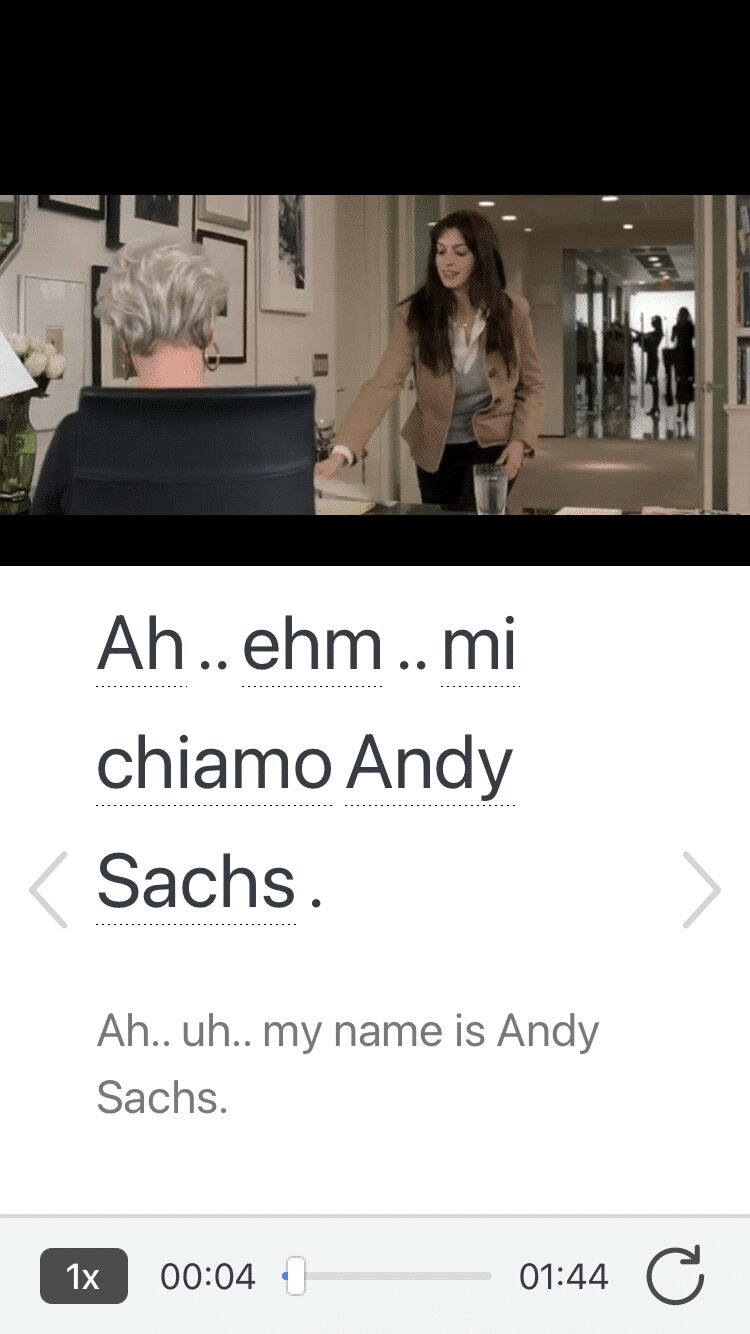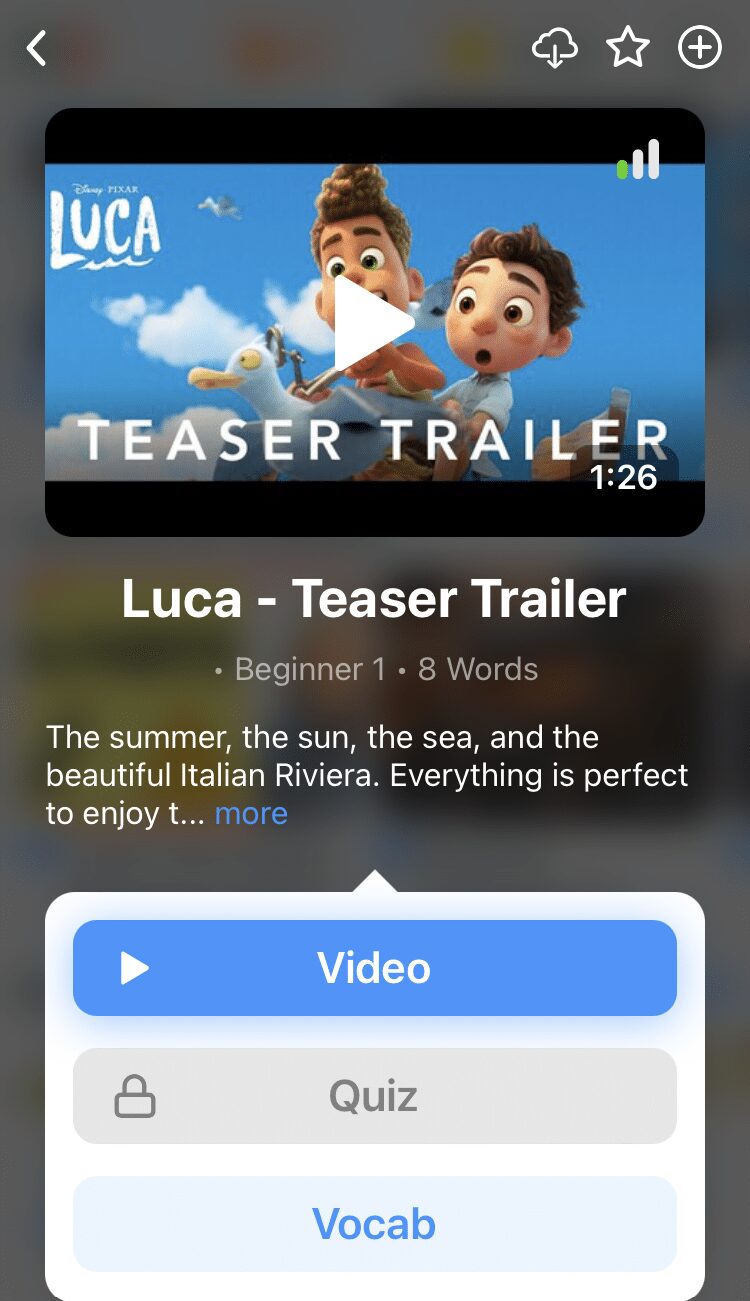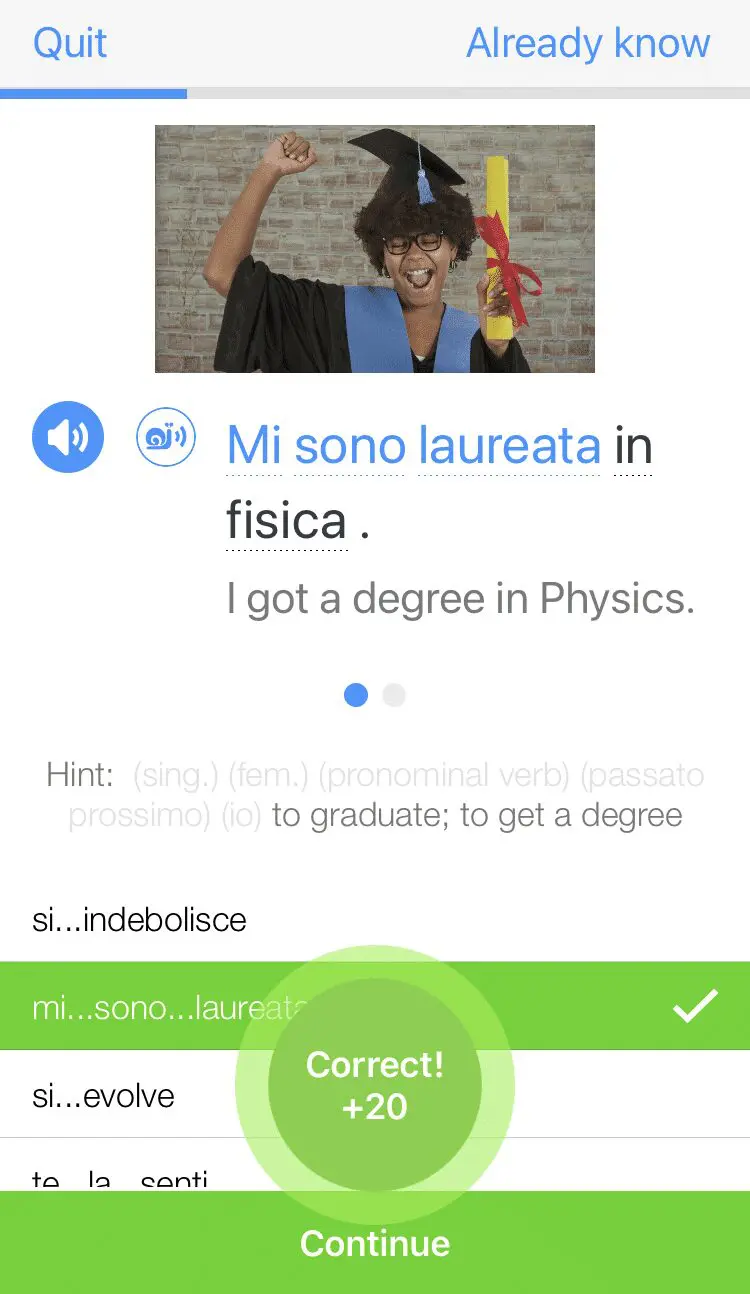Telling the Time in Italian: Essential Vocabulary, Phrases and More

Whether you need to make plans with your family, get to the airport to catch a flight or make a dinner reservation, knowing how to tell the time is essential in any language.
Find everything you need to tell the time in Italian in this post, from asking for and giving the time to important numbers and essential phrases to talk about time.
Download: This blog post is available as a convenient and portable PDF that you can take anywhere. Click here to get a copy. (Download)
How to Tell the Time in Italian
To tell the time in Italian you’ll begin with sono le, followed by the time. The exception of this is when it is 1 o’clock—in that case, use the singular è. For example:
Sono le otto — It’s 8 o’clock
Sono le undici — It’s 11 o’clock
È l’una — It’s 1 o’clock
Telling the Exact Time
To tell the exact time in Italian, you’ll need to learn how to say the numbers 0 through 60 in Italian. We’ll go over that in more detail later in this post!
Use this formula to state the time:
- Sono le (ora) e (minuto) — It’s (hour):(minute)
Here are some examples of this formula in use, remembering that the number “one” gets a slightly different treatment:
Sono le otto e venti — It’s 8:20
Sono le dodici e diciassette — It’s 12:17
È l’una e sei — It’s 1:06
Telling Time to / Past the hour
Like in English, there are some times that have special terms. You can use either the term or the exact number, the same way that you can say either “half an hour” or “30 minutes.”
Here are the key terms to know for telling times to and from the hour:
- Una mezz’ora — A half hour
- Un quarto d’ora — A quarter hour
- Sono le (ora) meno un quarto — It’s a quarter to (hour)
- Sono le (ora) e un quarto — It’s a quarter past (hour)
- Sono le (ora) e mezzo — It’s half past (hour)
Check out some examples:
Sono le dodici meno un quarto — It’s a quarter to 12
Sono le undici e mezzo — It’s half past 11
Sono le sette e un quarto — It’s a quarter past 7
Italian Numbers for Telling Time
As you no doubt already know, the most important words for telling time in Italian (or in any language) are the numbers 1 to 60.
Let’s start with the basics: 1-12.
1 — Uno
2 — Due
3 — Tre
4 — Quattro
5 — Cinque
6 — Sei
7 — Sette
8 — Otto
9 — Nove
10 — Dieci
11 — Undici
12 — Dodici
Take some time to learn the numbers through 60. Learn more in this article:
Numbers in Italian from 1-1000 and Beyond | FluentU Italian Blog
You need to know the Italian numbers if you want to be fluent, understand natives or just go to Italy. Click here to learn numbers in Italian from 1-1000, plus ordinal…
The 24-hour Clock
It’s important to note that Italy, like much of Europe, uses the 24-hour clock format.
Instead of 1 p.m., you’ll see 13:00. The numbers then continue increasing until 11 p.m., which is 23:00.
Since midnight is technically the start of the day, the clock rolls right back to zero (00:00) once midnight strikes (although some places also write it as 24:00).
Here are some examples:
Sono le sedici — It’s 4 p.m. (16:00)
Sono le ventidue — It’s 10 p.m. (22:00)
Using Prepositions with the Time
When you want to say that you do something at a particular time, you have to use the preposition a (at) and combine it with the article l’ (the) or le (the).
Since we use the article l’ for 1 o’clock, it combines with a to become all’. With all the other times, the preposition a combines with le to become alle. Check out the following examples:
Incontriamoci a pranzo all’una — Let’s meet for lunch at 1 p.m.
Il caffè apre alle sette del mattino — The cafe opens at 7 a.m.
Ceniamo alle diciassette — We eat dinner at 5 p.m. (17:00)
How to Ask for the Time in Italian
To ask what time it is, you can say either of the following:
- Che ore sono? (literally: what hours are they?)
- Che ora è? (literally: what hour is it?)
There’s no difference between these two phrases, and you can use them interchangeably.
The word ora can be translated as “now” and isn’t used to mean “time” in other contexts. So if you want to talk about time in a more general sense, you would use one of the following words:
Tempo is used to describe the passing of time, the seasons and tenses, and volta which refers to the repetition of times, as in “one time” or “sometimes.”
Times of the Day in Italy
Note that Italians don’t use a.m. or p.m. Instead, they state the exact part of the day.
They use morning when the time is before noon, afternoon between noon and dinner time (around 6 p.m.), evening (between dinner time and 11 p.m.) and night (11 p.m. to early morning hours).
- (Di) mattina — (In the) morning
- Mezzogiorno — Noon
- (Del) pomeriggio — (In the) afternoon
- (Di) sera — (In the) evening
- (Di) notte — (In the) night
- Mezzanotte — Midnight
More Italian Vocabulary for Telling Time
You’ve already seen some of these in use in this post, but here are some key vocabulary to know:
- Ora — Hour
- Minuto — Minute
- Secondo — Second
- Orologio — Clock
- È pomeriggio — It’s the afternoon
- È mezzanotte — It’s midnight
- A che ora? — (At) what time?
- A che ora inizia? — What time does it start?
- A che ora apre? — What time does it open?
- A che ora chiude? — What time does it close?
- Quanto tempo ci vuole? — How long does it take?
- Quanto dura…? — How long does… last?
- Quando ci incontriamo? — When are we meeting?
- Sono in ritardo — I’m late
- Sono in anticipo — I’m early
- Intorno a (alle) / Verso (le) — Around
- Adesso / Ora — Now
- Subito — Right away/immediately
- In punto — On the dot
Now you have everything you need to begin talking about time in Italian, you can start practicing these phrases by incorporating them into your everyday Italian vocabulary. Try booking an appointment, arranging a meal out with your friends or even writing down your routine in a diary!
You could also try searching for this vocabulary in FluentU’s contextual video dictionary to see it used in context by native Italian speakers.
FluentU takes authentic videos—like music videos, movie trailers, news and inspiring talks—and turns them into personalized language learning lessons.
You can try FluentU for free for 2 weeks. Check out the website or download the iOS app or Android app.
P.S. Click here to take advantage of our current sale! (Expires at the end of this month.)
So there you have it!
Once you’ve sharpened your time-telling talent, you’ll never have to wonder when restaurants or shops close, when a show starts or when you need to line up for the tour you’re taking. You’ll always know “what time!”
Download: This blog post is available as a convenient and portable PDF that you can take anywhere. Click here to get a copy. (Download)
And One More Thing...
If you're as busy as most of us, you don't always have time for lengthy language lessons. The solution? FluentU!
Learn Italian with funny commericals, documentary excerpts and web series, as you can see here:

FluentU helps you get comfortable with everyday Italian by combining all the benefits of complete immersion and native-level conversations with interactive subtitles. Tap on any word to instantly see an image, in-context definition, example sentences and other videos in which the word is used.

Access a complete interactive transcript of every video under the Dialogue tab, and review words and phrases with convenient audio clips under Vocab.

Once you've watched a video, you can use FluentU's quizzes to actively practice all the vocabulary in that video. Swipe left or right to see more examples of the word you’re on.

FluentU will even keep track of all the Italian words you’re learning, and give you extra practice with difficult words. Plus, it'll tell you exactly when it's time for review. Now that's a 100% personalized experience!
The best part? You can try FluentU for free with a trial.
Start using the FluentU website on your computer or tablet or, better yet, download the FluentU app from the iTunes or Google Play store. Click here to take advantage of our current sale! (Expires at the end of this month.)








